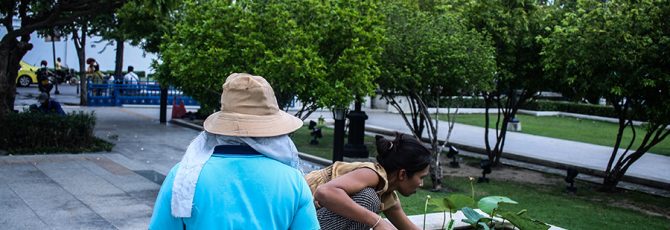2. Get a SIM card from a telephone vendor as soon as you get in country.
The title says it all. Get a SIM card as soon as you get in country.
My first time around, when I went to Thailand, I waited far too long and then tried to do it myself. I don’t remember if I thought I could save money or if I wanted to get a better deal or I didn’t want to be connected to life like I am at home or I was just busy.
It doesn’t matter.
I should have switched my SIM cards out either in the airport or the following day at a telephone vendor. I think I was under the impression there would be enough WiFi networks to connect to. I was wrong.
I instead waited for a week and a half and tried to get it set up myself, and then tried to get the people in a 7/11 to set it up. It never worked very well and I really wish I would have just had some god damned 4G when I needed it.
On the other hand, the next year, when I went to Vietnam? I got a SIM card in the airport. Maybe it cost me a little more than it should have. I didn’t care. I had a functioning phone with a working phone number and internet access.
Trust me. You want to be able to access the internet, without having to rely on WiFi.
The flip side of this lesson is to make sure your smartphone both has a SIM card and that it can be used on overseas networks. If it doesn’t, consider buying a used smartphone that will work in the countries you plan on visiting. I bought my last and current phone, an HTC One M8, used, through Swappa. It still works like a charm and I can use it overseas.
The costs are minimal and they are worth it. Remember that if you go to a different country you may, or may not, need to get a new SIM card. Depends.
Find all of the travel lessons curated here.

A woman cleans a fountain in a park, Dec. 4, 2015 in Bangkok, Thailand.
